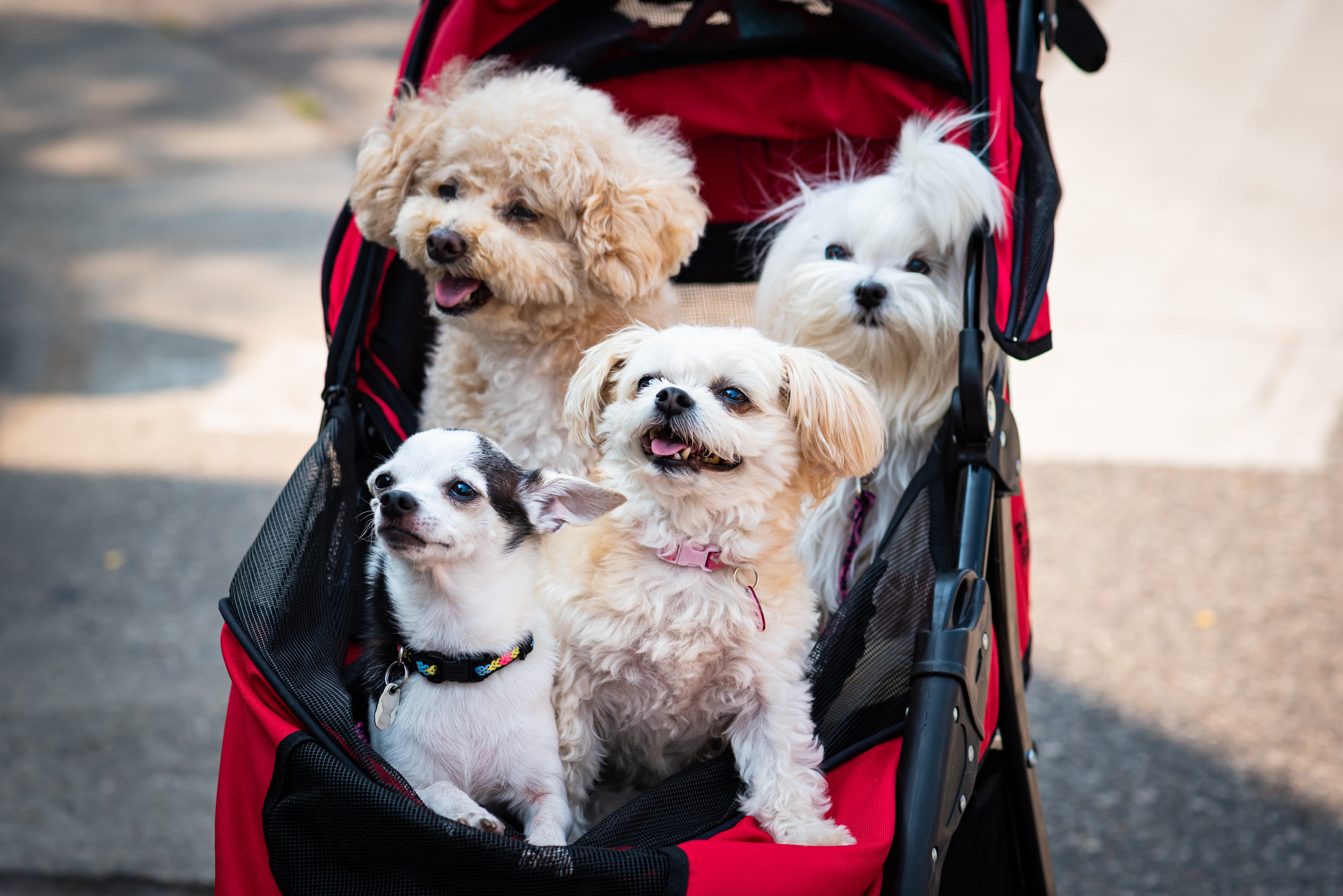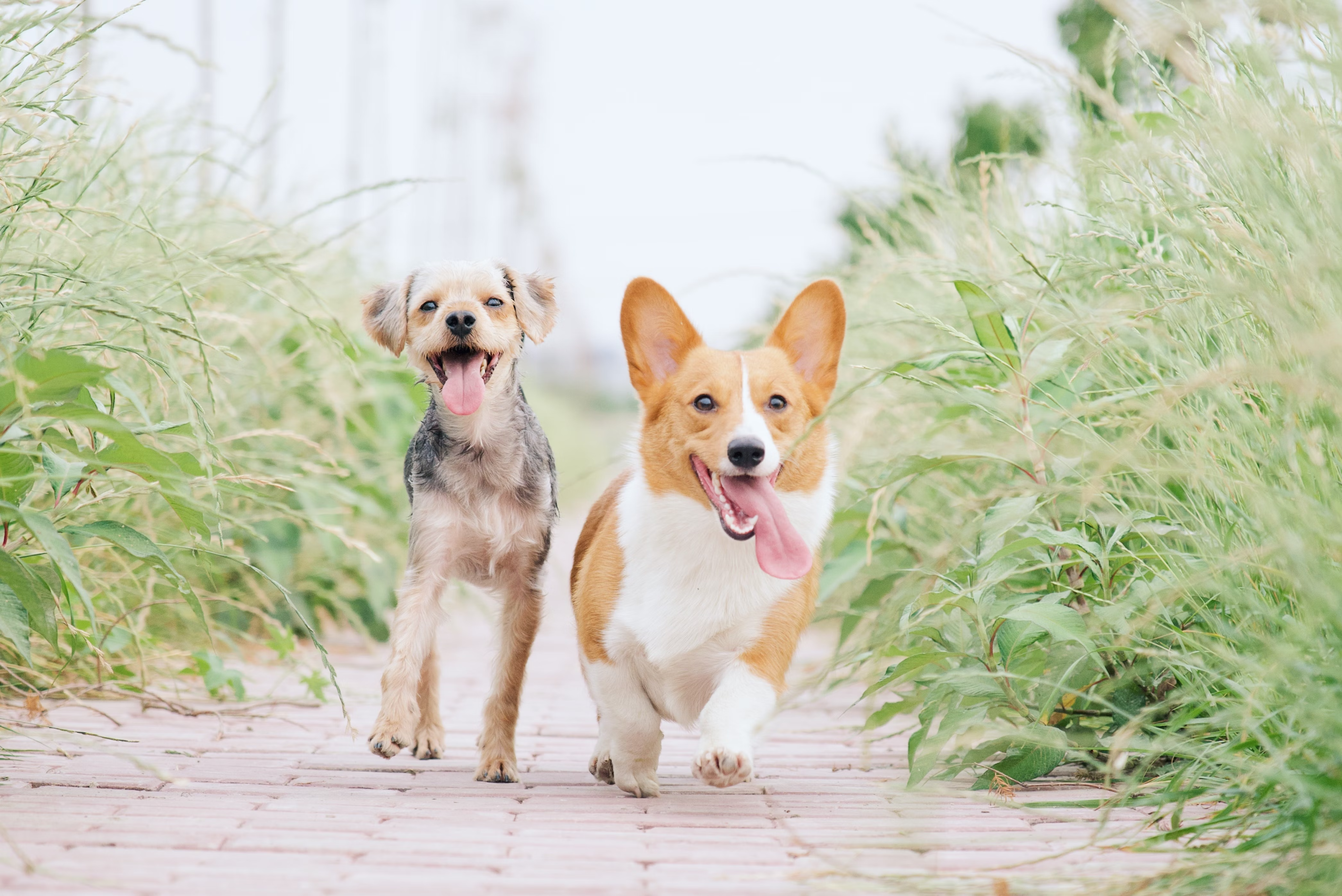At first glance, a dog scooting their backside across the carpet might seem cute or amusing. But then you might wonder, why are they scooting? And what’s being left behind when they do?
Often, this behaviour is related to their anal sacs (aka anal glands), and understanding the root cause of this funny-but-not-funny action is important for your pup’s overall health. So let’s dive into what anal sacs are and what common anal gland issues may cause your dog to scoot or show other signs of discomfort.
What are anal sacs in dogs?
Anal sacs are two small glands located just inside your dog’s anus. These glands produce a smelly, oily, brown substance that is expelled through small ducts when they defecate.
Experts believe this secretion serves two purposes:
- Communication: Dogs use this individual scent to mark their territory and communicate with other dogs.
- Lubrication: Anal gland secretion helps to lubricate the anus during defecation, making the process more comfortable.
Some dogs may also empty their anal sacs when they are stressed, scared, or over-excited. Regardless, emptying anal sacs is a normal process for dogs.
Why is my dog scooting?
If emptying anal sacs is normal for dogs, not emptying them is problematic. Sometimes a dog’s anal glands become impacted, clogging the ducts that release the material from the anal sacs. This can cause discomfort or irritation for your pup, and scooting (or dragging their backside across the floor) is one of the ways they will try to soothe the area.
While scooting may deliver temporary relief, addressing the issue usually requires the dog’s anal glands to be manually expressed. So, if you see your pup scooting, it’s important to have them checked out by a veterinarian. Left unaddressed, blocked anal sacs can lead to painful abscesses or ruptured anal sacs — both of which are more serious concerns.

Signs your dog might need anal gland expression
Scooting is the most common indicator that your dog might need its anal glands expressed, but there are other signs to watch for, including:
- Excessive licking: If your dog is constantly licking their bottom, they could be trying to alleviate discomfort caused by full or impacted anal glands.
- Swelling or redness: Noticeable swelling or redness around the anus can indicate an anal gland issue.
- Foul odor: A powerful, fishy smell coming from your dog’s bottom could be a sign that their anal sacs are full.
- Difficulty defecating: Straining or showing signs of pain while defecating can be related to anal gland issues.
Should you express your dog’s anal glands at home?
While it’s possible to express your dog’s anal glands at home, it’s generally best to leave this task to professionals. Here’s why:
- Risk of injury: Incorrect technique can cause injury or infection.
- Stress for your dog: Many dogs find the process uncomfortable and stressful.
- Unpleasant for you: Expressing anal glands at home is a messy, stinky procedure.
However, if you decide to do it at home, make sure to get proper training from your veterinarian.
Common causes of anal gland issues
Diet
A diet low in fibre can result in softer stools, which might not provide enough pressure to express the anal glands naturally during defecation.
Obesity
Overweight dogs are more prone to anal gland issues. Excess weight can put pressure on the anal glands, making it difficult for them to express properly.
Genetics
Small breeds like Chihuahuas, Poodles, and Dachshunds often experience anal gland issues more frequently. Cocker Spaniels, Beagles, and Basset Hounds are also commonly affected. Wisdom Panel’s Premium dog DNA test can also indicate if your dog has a higher likelihood of needing frequent manual anal gland expressions.
Allergies
Food and environmental allergies can cause inflammation and irritation in the anal glands. This can lead to swelling and blockage, making it difficult for the glands to express naturally.
Parasites
Internal parasites like tapeworms can cause anal gland irritation when they exit a dog’s body through their stool.
Injury
Injuries or trauma to the anal area can cause swelling and inflammation, leading to impacted glands.

Treating anal gland issues
Manually expressing anal glands often resolves the immediate problem. But if anal gland issues persist, your veterinarian may recommend the following:
- Dietary changes: Increasing fibre in your dog’s diet can help bulk up the stool, making it easier for the anal glands to express naturally.
- Medications: Your veterinarian may prescribe antibiotics if there’s an infection or anti-inflammatory medications to reduce swelling.
- Surgery: In severe cases where chronic problems persist, surgical removal of the anal glands may be an option.
Preventing anal gland issues
Preventing anal gland problems is always better than treating them. Here are some tips to help keep your dog’s anal glands healthy.
- Regular check-ups: Have your veterinarian check your dog’s anal glands during regular visits.
- Healthy diet: Ensure your dog gets enough fibre to promote firm stools and healthy bowel movements.
- Weight management: Keep your dog at a healthy weight to reduce the risk of anal gland issues.
- Monitor symptoms: Be vigilant and watch for signs of discomfort or scooting.
Final thoughts
Anal gland issues are uncomfortable for dogs and can lead to more severe issues if not treated. Knowing what to look for and how to reduce the likelihood of problems can help your dog stay happy and healthy.
If you notice any signs of anal gland issues in your dog, don’t hesitate to consult your veterinarian for advice and treatment options. Regular care and attention can make all the difference.














